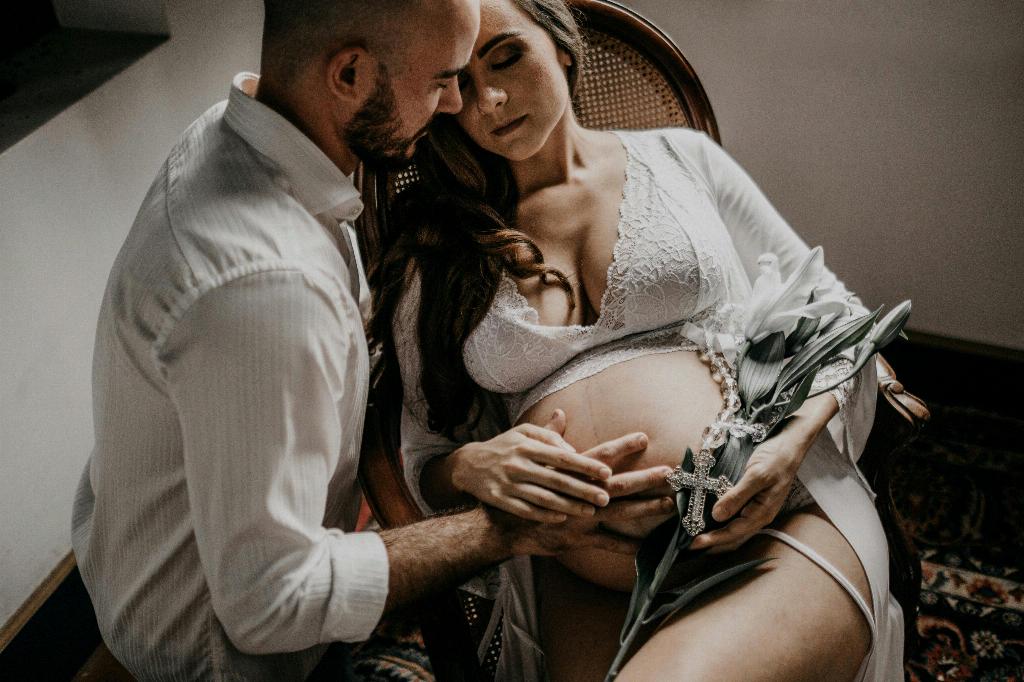When it comes to pregnancy and the various symptoms that may arise, spotting can be a cause for both concern and confusion. Many individuals may wonder how early pregnancy spotting can occur, and if it is a sign of a potential issue or simply a normal part of the pregnancy process.
Implantation bleeding, which is often mistaken for spotting, can occur as early as days 10 to 14 after conception. This is typically around the time when the fertilized egg attaches itself to the lining of the uterus. It’s important to note that implantation bleeding is usually lighter in flow and duration compared to a regular menstrual period.
For some individuals, pregnancy spotting may occur around the time when their expected period is due. This can be a source of confusion, as spotting may be mistaken for the start of a menstrual cycle. It’s essential to pay attention to the characteristics of the spotting, such as color (usually light pink or brown) and duration, to help differentiate it from a regular period.
The timing of pregnancy spotting can vary from person to person. While implantation bleeding typically occurs around days 10 to 14 after conception, some individuals may experience spotting at different stages of their pregnancy. Factors such as hormonal fluctuations, physical activity, and overall health can all contribute to when spotting may occur.
If you experience pregnancy spotting, it’s crucial to monitor any additional symptoms that may accompany it. While light spotting is usually considered normal, heavy bleeding, severe cramping, or other concerning symptoms should be addressed with a healthcare provider. These signs could indicate a potential complication that requires medical attention.
It’s also essential to remember that not all instances of spotting during pregnancy are cause for alarm. In many cases, spotting is simply a result of the changes happening within the body as it prepares for pregnancy. However, if you have any doubts or concerns about the spotting you’re experiencing, don’t hesitate to seek guidance from a healthcare professional.
Additionally, keeping track of your menstrual cycle and any changes or abnormalities in your spotting can provide valuable information for your healthcare provider. By documenting the timing, duration, and characteristics of your spotting, you can help your provider better assess your overall reproductive health.
While spotting during pregnancy can be unsettling, it’s essential to approach it with a level head and an understanding of the potential causes. By staying informed about the various factors that can contribute to pregnancy spotting, you can navigate this aspect of pregnancy with knowledge and confidence.
In conclusion, pregnancy spotting can occur early on in the pregnancy journey, with implantation bleeding typically taking place around days 10 to 14 after conception. Understanding the characteristics of spotting, monitoring any accompanying symptoms, and seeking guidance from a healthcare provider when needed are essential steps in managing pregnancy spotting effectively.

